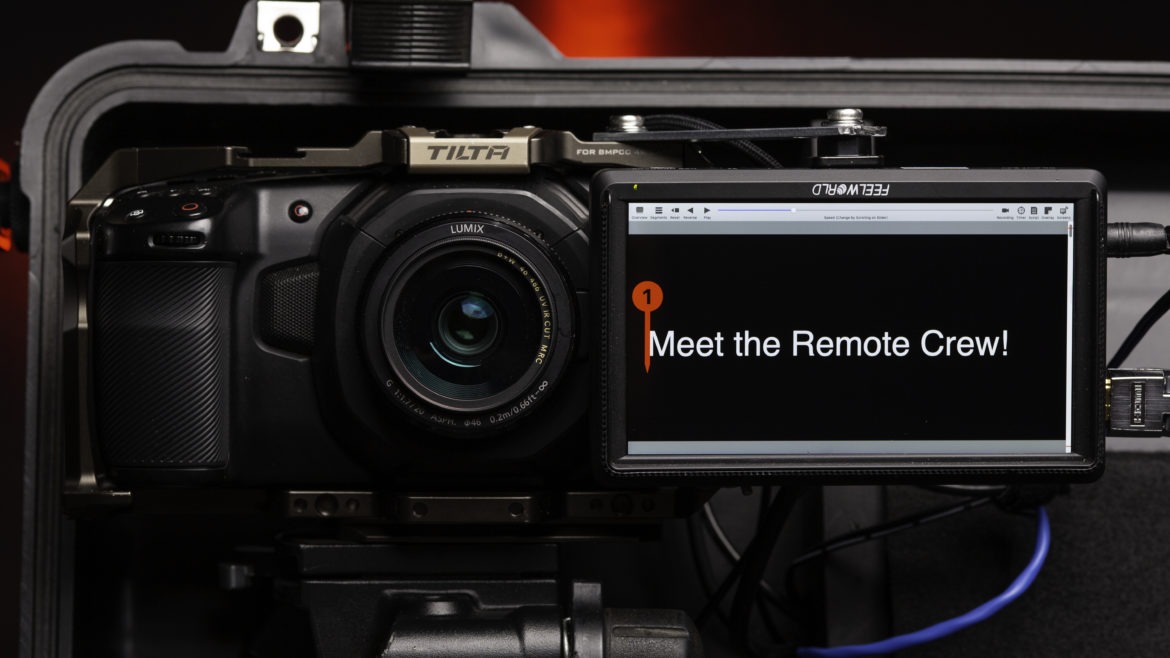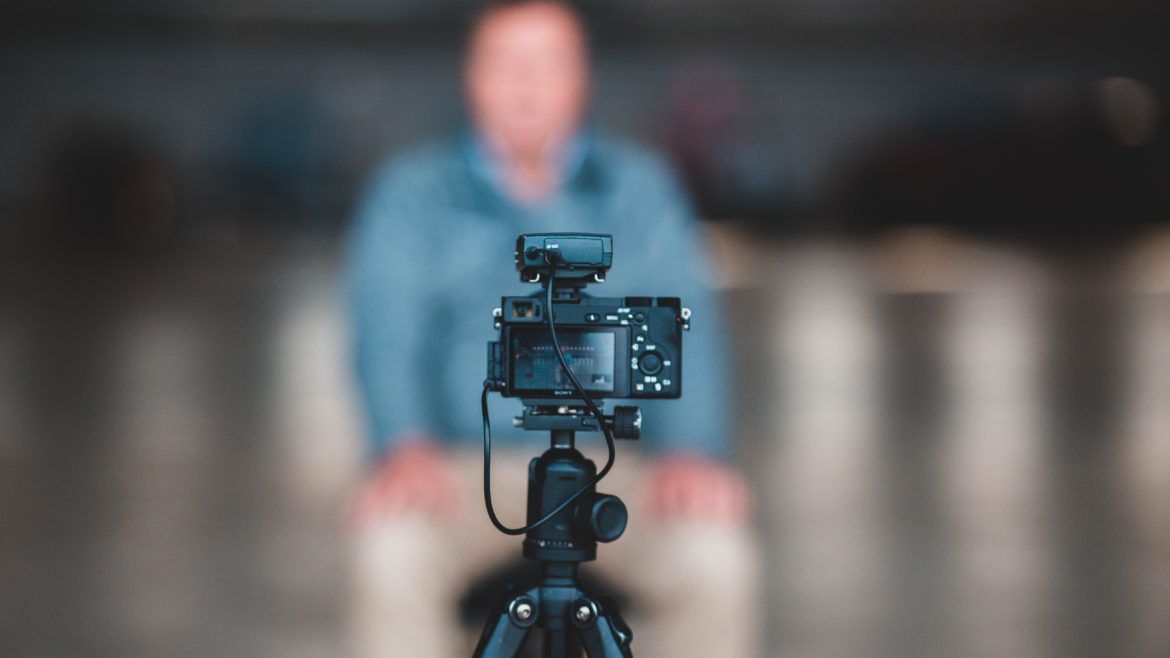I interviewed Brian De Herrera-Schnering, a colorist for Pinto Pictures who has flexed his color-grading muscles on everything from commercials and corporate projects to feature-length films. We talked about what has changed in an even more virtual era of production, what remains the same in every era, and how he stays inspired.
Conversation edited for brevity and clarity.
Alicia East (AE): Who should think about color-grading as a career?
Brian De Herrera-Schnering (BDHS): There’s the artistic aspect and there’s the people aspect.
You need to be able to appreciate what an image can do to a viewer when it comes to the look, feel, and emotion. People with artistic vision and a love of art, color science, and color theory will thrive in this work. You’ll also need to be inspired and have the ability to appreciate other people’s work.
It’s a tech-heavy role so you really need to like technology and be able to learn the tools, which are always evolving. It’s very important that colorists like collaborating. The DP and producers and directors are the boss so you have to be able to enjoy helping someone else achieve their vision.
AE: What is your top 5 list of must have equipment/fave tools for color grading?
BDHS:
- Calibrated broadcast monitor
- Control panel
- Powerful workstation
- Fast storage: SSD, hard drive RIAD, NAS, etc.
- Ergonomic environment
If you’re just playing around and uploading pieces to YouTube or Vimeo, you may not need a calibrated monitor, but once you start doing paid work, you’ll want to invest in the tools and software that allow you to manipulate the images better than a mouse alone. Like everything, you can invest in entry level gear as you get rolling and upgrade as you go.
AE: What recommendations do you have for working in the COVID-19 age?
BDHS: Accurate and precise communication has always been important, but now it’s more important than ever. If you can’t meet in person, you have to be better about phone calls, email, social media–whatever it takes to maintain channels with clients, collaborators, and friends.
Setting up an online collaboration workflow that works for you and your clients is crucial. You’ll need easy methods for uploading project files, downloading/uploading footage, etc.. I like Dropbox. Frame.io is great for client review/internal review. You can set timecode notes and check action items off as they’ve been addressed. Being able to have an organized conversation around a particular note is incredibly helpful.
In the color-grading space, being able to stream a color session live is useful. I use AJA Helo because it works with Youtube, which is familiar, user friendly, and allows me to keep the work unlisted. It also allows instant collaboration and feedback you just can’t get through links. My system has about a 3-second delay, but clients can just open a Youtube link and get the SDI feed out of the workstation. The initial cost was an investment but it paid for itself after a couple of color sessions. The only catch is that Youtube has its music copyright whiskers on which can be prohibitive for editorial work.
Just experiment and see what works for you.
AE: How do you stay inspired?
BDHS: I love visiting art museums. Being able to see the Van Gogh exhibit and view his work chronologically as his use of color became more refined was fascinating. I was blown away. I’m always looking at graphic artists, photographers, and DPs on Instagram for their taste/style. I watch some movies and TV. I’m always watching for interesting color palettes, treatments or cumulative work.
Bottom line
This highly-specialized arena of post production may not be for everyone, but for the right people, it makes an incredible career.
Whether you’re looking to hire a colorist or an entire video production crew, you can be sure you’ll find a highly-vetted option from our online database. And for those looking for work in production or post-production, you can apply to be a part of our database here.
Brian is a Director and Motion Picture Artist at Pinto Pictures
Brian De Herrera-Schnering is a filmmaker and colorist in Littleton, CO. He owns and operates Pinto Pictures (www.pinto.tv), a boutique post-production and color studio. His work has been seen around the world at numerous film festivals, on broadcast TV, and has garnered millions of views. When not working he loves cooking, playing soccer and hanging out with his wife, 3 children, and hounddog.







